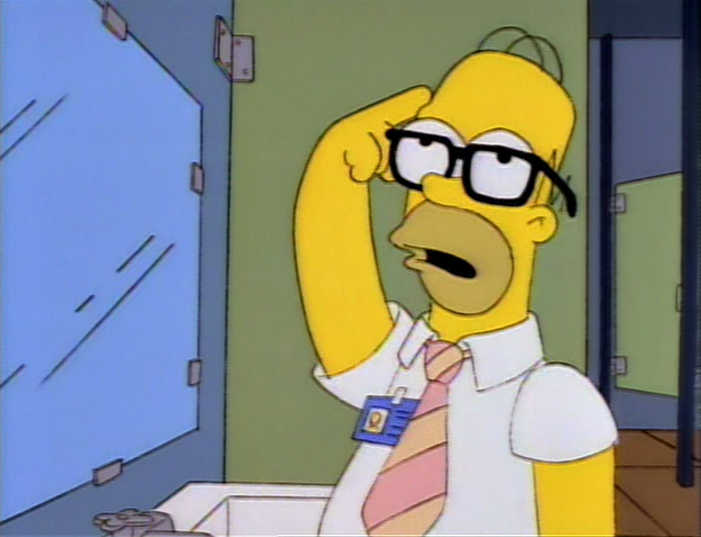At least, it's now available for the few Cuban citizens with the resources needed to watch it. Access to the Internet costs far more than the average Cuban can afford, and even those who have the money are often restricted to seeing only what information is available on the government's tightly controlled intranet. All the same, Netflix's streaming video service has been available on the island nation since yesterday, which makes it one of the first American companies to take advantage of the U.S. government's decision to relax the trade embargo first imposed on Cuba in the '60s.
Outside of whatever the government allows to air on Cuban state television, many Cubans have never been exposed to much in the way of foreign programming, which means they have decades of Doctor Who to catch up on. In a press release, Netflix spotlighted the availability of original series like House Of Cards and Orange Is The New Black, and also took care to note that The Adventures Of Puss In Boots is now available, since it knows its audience. Generally, the company's Cuban programming is similar to what it offers in other Latin American countries.
"We are delighted to finally be able to offer Netflix to the people of Cuba, connecting them with stories they will from all over the world," said Netflix CEO Reed Hastings. "Cuba has great filmmakers and a robust arts culture and one day we hope to be able to bring their work to our global audience of over 57 million members."
Because so few people in Cuba can reliably access to the Internet, Netflix's decision to expand there seems largely ceremonial at this point. Now that the embargo is lifted, however, the company is betting that it will get more subscribers "as Internet access improves and credit and debit cards become more widely available." The plan to increase trade with Cuba included provisions aimed at allowing telecommunications companies to improve the country's Internet services. If all goes according to plan, it could mean the biggest nationwide binge watch in history.







